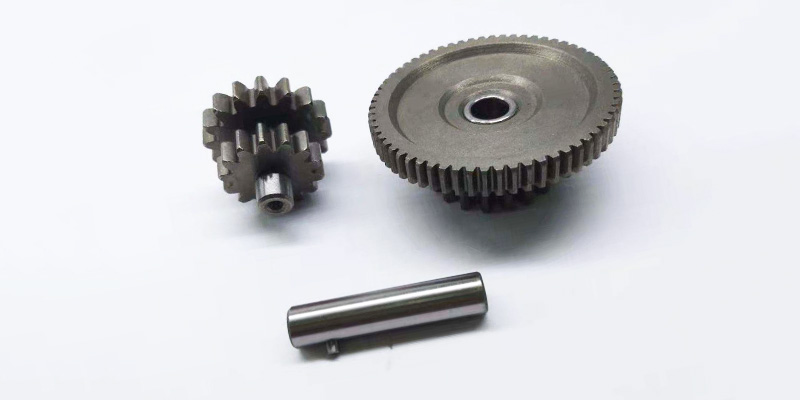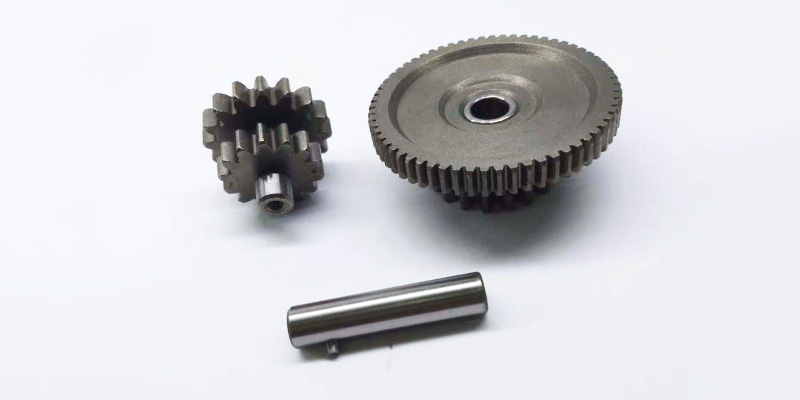- Contact Innally, Let you purchase forgings in China more favorable prices, products more assured!
- Hotline:+(86)15038323776 Email:innally@innally.com
What is motorcycle gear forging?
- Category: Motorcycle forging, Steel forgings
- |
- Date: 21/08/2023
Motorcycle gear forgings are generally divided into several types, including main reduction gear, transmission gear and drive sprocket. Different gear forgings undertake different tasks in the transmission process of the motorcycle.
- Can be customized according to the specific model
Product Details
Motorcycle gear forging is one of the key components in motorcycle transmission system. It is usually made of high strength alloy steel material by hot forging process. The motorcycle transmission system plays a role in transferring the power of the engine to the wheels, and the gear forging plays an important role in realizing the transmission function.
Motorcycle gear forgings are generally divided into several types, including main reduction gear, transmission gear and drive sprocket. Different gear forgings undertake different tasks in the transmission process of the motorcycle. The main reduction gear is used to transfer the high speed and low torque generated by the engine to the wheels to provide proper traction and acceleration performance. Transmission gears are used to regulate engine output, allowing the rider to select the appropriate speed gear according to demand. The drive sprocket is connected to the rear wheel by a chain, transferring power to the rear wheel to propel the motorcycle forward.

The manufacturing process of gear forgings requires several steps. First, choose an alloy steel material with appropriate mechanical properties, such as 20CrMnTi or 40Cr. The raw material is then heated to the corresponding forging temperature and the material is formed into the desired gear shape in the mold by applying high pressure. The exact size and number of teeth of the gear need to be considered in the forging process to ensure its matching and transmission accuracy with other gears. After forging is complete, gear forgings require heat treatment, such as quenching and tempering, to increase their hardness and strength.
The quality of motorcycle gear forgings is crucial to the reliability and efficiency of the drive system. Once the gear forging problems, such as gear tooth surface wear, fracture or deformation, may lead to transmission failure, affecting the motorcycle driving performance and safety. Therefore, each link in the manufacturing process needs to be strictly controlled to ensure that the gear forging has sufficient strength, hardness and accurate tooth profile.
In summary, motorcycle gear forging is an indispensable key component in the motorcycle transmission system, which is manufactured by hot forging and heat treatment processes to achieve the transmission and regulation of engine output power. They are designed and manufactured with a high degree of precision and quality control to ensure reliable transmission performance and safety while the motorcycle is on the road.
ayu
INNALLY mainly provides you with various types of cast and forged parts products. Welcome your inquiries! innally@innally.com
Search
Forging center
- Steel forgings
- Aluminium alloy forging
- Titanium alloy forging
- Stainless steel forging
- Copper forging
- Automotive forgings
- Locomotive forging
- Bicycle forgings
- Motorcycle forging
- Rigging and fasteners
- Bearing forging
- Electric power fittings
- Marine forging
- Mechanical forgings for metalworking
- Mining machinery forgings
- Marine engineering forgings
- Construction machinery forgings
Popular product

© 2025. All Rights Reserved.







